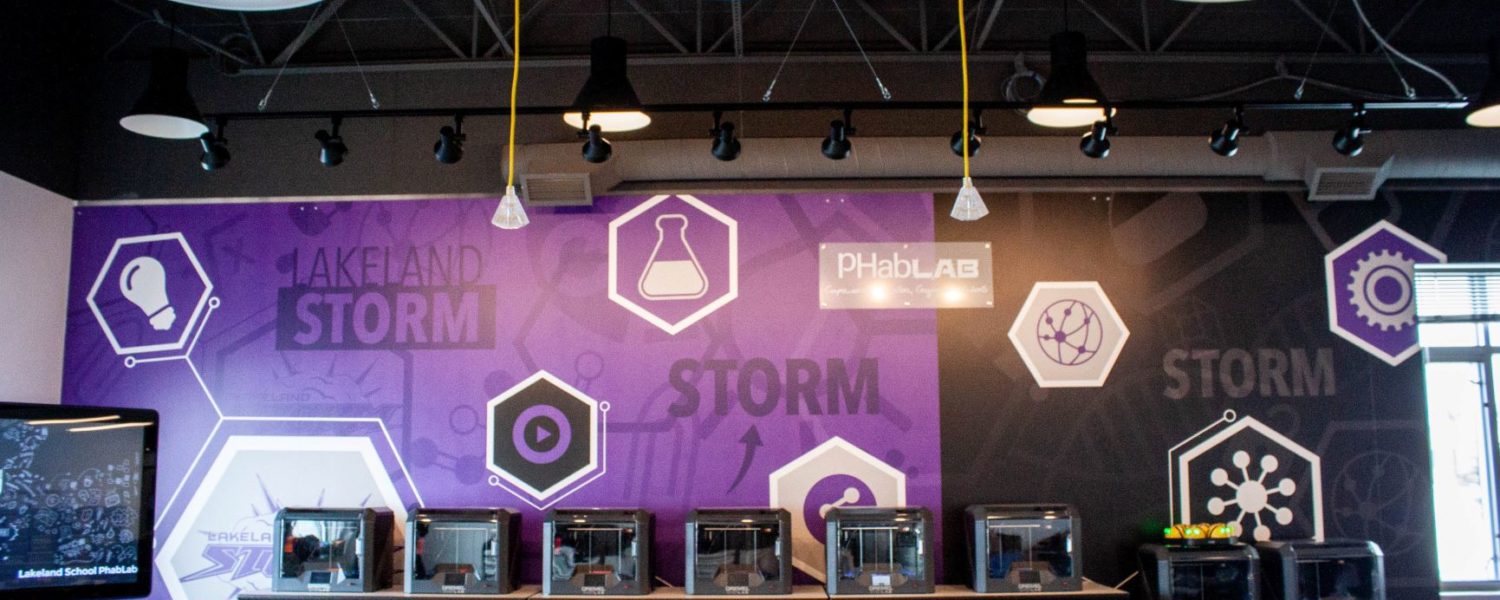Schools everywhere want to create successful learning spaces (i.e., Makerspace, Fab Labs and STEM/STEAM Labs, etc.), but few understand the essential elements that create a successful and impactful space.
First, schools need to develop a plan. Very often, schools rush to bring STEM learning to students, spending money on various 3D printers, lasers, and other digital fabrication tools only to have equipment be under-utilized with little impact on learning. In makerspace development, you must set your goals and determine your desired impacts and assets prior to designing it, as these decisions should drive your planning and purchasing.
While planning for the components of a makerspace is critical, the last and perhaps most over-looked step is educating your educators on how to operate the software and equipment. Quite often, schools have fancy, expensive, and under-utilized makerspaces because the educators have not been properly trained. Schools with under-utilized makerspaces usually run pre-loaded models with no design element or purpose behind the model.
Unfortunately, it is not uncommon for schools to devote substantial resources to outfitting the makerspace, and zero dollars on teaching their staff to effectively use the space. Regular professional development and training gives educators confidence to challenge their students creatively and is one of the most critical success factors for an impactful makerspace. This does not stop with educators. You must also give students the tools to utilize the Makerspace safely and effectively. They need to be equipped with the knowledge of how to use components safely and correctly. Again, without that knowledge, they will not fully experience the benefits that a makerspace can provide.
To leverage the full benefits of a makerspace, you must go beyond just making “cool stuff.” Your makerspace environment must include academic integration.
Improving student outcomes and generating interest in STEM fields is often the argument for a school makerspace, but very few schools achieve their goals without successful academic integration. The most vibrant and successful makerspaces integrate maker activities into a variety of academic disciplines and deliver on the goal of bringing STEM to students.
This type of learning also drives collaboration. Integrating the makerspace across a variety of academic disciplines helps support the pedagogy of STEM learning.
As you can see, designing an impactful Makerspace is a lot more complex than putting a 3D printer in a classroom and proclaiming it your school’s makerspace. The best way to ensure a well-used space is to work with learning center professionals.
Palmer Hamilton, an industry-leading learning environment developer based in Elkhorn, Wisconsin, has a PhabLab division that successfully works with schools nationwide to develop a deliberate plan with desired goals and outcomes, www.phab-lab.com.












